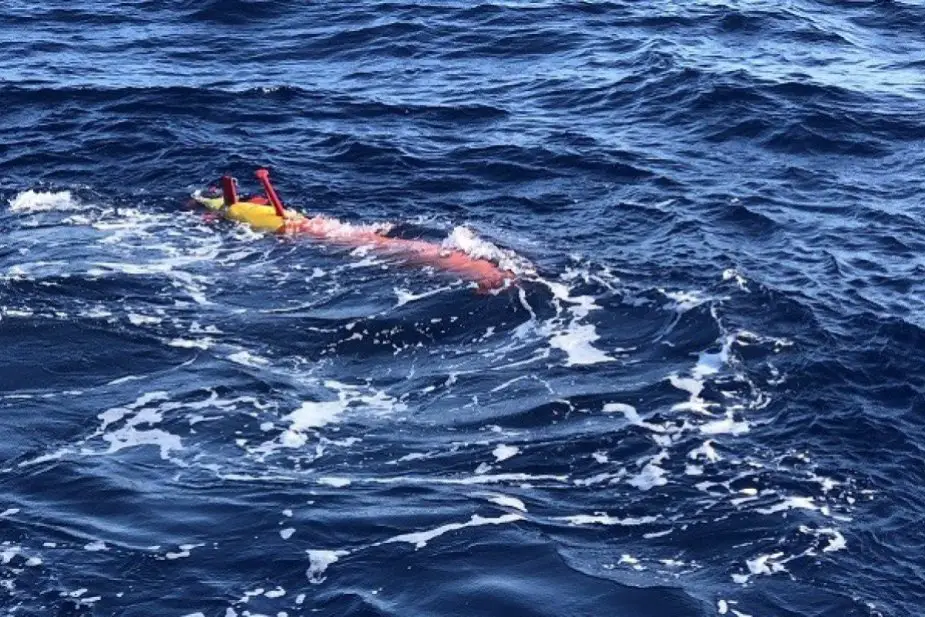Breaking news
China Tests New Undersea Vehicle for Marine Environment Monitoring.
In November the Chinese Academy of Sciences (CAS) announced that it had performed a 37-day trial in the South China Sea with the indigenously developed Haijing 2000 (Sea Whale 2000) AUV and covered a total distance of approximately 2,000 kilometres.
 The prototype Sea Whale 2000 autonomous underwater vehicle seen during at-sea trials in November (Picture source: Chinese Academy of Sciences)
The prototype Sea Whale 2000 autonomous underwater vehicle seen during at-sea trials in November (Picture source: Chinese Academy of Sciences)
China has tested a new autonomous underwater vehicle (AUV) for monitoring the marine environment in the South China Sea, according to the Chinese Academy of Sciences.
The AUV, Haijing 2000, was developed by the Shenyang Institute of Automation under the CAS. It has continuously travelled for 37 days during the sea trial covering more than 2,000 km, which verified its long endurance and system reliability. Weighing about 200 kg, it can reach a depth of up to 1,500 meters and travel at a maximum speed of one meter per second.
Equipped with several physical and biochemical sensors such as a current profiler and turbidity meters, it can work in several navigation modes and an autonomous observation mode to conduct dynamic observations of different marine environments.
SIA claims that it has incorporated artificial intelligence (AI) technology that enables the vehicle to optimise its endurance via smart navigation and power management techniques.
Although the institute did not reveal the AUV's mission path, the claimed distance set a national record and is the equivalent of a round trip from the People's Liberation Army Navy (PLAN)'s strategic Yulin Naval Base to the Spratly Islands.





























